In today’s rapidly evolving digital landscape, the ability to future-proof software solutions has become paramount. Technologies that can adapt to changing business needs, scale efficiently, and remain relevant in the face of emerging trends are highly sought after. One such technology stack that continues to evolve and innovate is the .NET framework, offering developers a robust foundation for building scalable, secure, and high-performance applications.
.NET, developed by Microsoft, has a rich history dating back to its initial release in 2002. Over the years, it has grown into a comprehensive platform encompassing multiple programming languages, frameworks, and tools. The latest iterations of .NET, including .NET Core and .NET 5/6, represent significant advancements aimed at modernizing the framework and making it more versatile across various platforms and deployment scenarios.
Here, we’ll delve into some of the latest innovations within the .NET technology stack that contribute to future-proofing software solutions:
1. Cross-Platform Compatibility: One of the most notable advancements in recent years is the embrace of cross-platform development with .NET Core. Unlike its predecessor, the .NET Framework, which was primarily targeted at Windows-based environments, .NET Core allows developers to build and run applications on Windows, Linux, and macOS. This flexibility enables organizations to reach a broader audience and deploy their software across diverse ecosystems without being tied to a specific operating system.
- 2. Containerization and Microservices: With the rise of containerization technologies like Docker and orchestration platforms like Kubernetes, .NET developers can leverage these tools to package their applications into lightweight, portable containers. This approach facilitates scalability, resilience, and efficient resource utilization, making it ideal for modern cloud-native architectures. Additionally, .NET offers robust support for building microservices-based applications, allowing teams to decompose monolithic systems into smaller, independently deployable components that can be developed, tested, and scaled more efficiently.
- 3.Performance Improvements: Performance has always been a priority for the .NET ecosystem, and with each new release, Microsoft continues to optimize the runtime, compiler, and libraries to deliver faster execution times and reduced memory footprint. The introduction of Just-In-Time (JIT) compilation, runtime enhancements, and optimizations in the latest versions of .NET further enhance the overall performance of applications, enabling them to handle higher workloads and deliver a smoother user experience.
4. Modern Web Development with Blazor: Blazor, a relatively new addition to the .NET ecosystem, brings the power of C# and .NET to web development, allowing developers to build interactive web applications using familiar tools and languages. With Blazor, developers can create dynamic, single-page applications (SPAs) without relying on JavaScript, thanks to its innovative approach of running .NET code directly in the browser via WebAssembly. This paradigm shift opens up new possibilities for building rich, client-side web experiences while leveraging existing .NET skills and libraries.
5. Integration with Cloud Services: As organizations increasingly adopt cloud computing for their infrastructure needs, seamless integration with cloud services becomes essential for modern software solutions. .NET offers robust support for popular cloud platforms such as Microsoft Azure, AWS, and Google Cloud Platform, enabling developers to leverage a wide range of services for data storage, messaging, analytics, and more. Whether it’s using Azure Functions for serverless computing, Azure DevOps for continuous integration and deployment, or Azure Cognitive Services for AI-powered capabilities, .NET empowers developers to harness the full potential of the cloud.
In conclusion, the .NET technology stack continues to evolve and innovate, providing developers with the tools and capabilities they need to future-proof their software solutions. From cross-platform compatibility and containerization to performance improvements and modern web development, .NET offers a comprehensive ecosystem that enables organizations to stay ahead of the curve and deliver impactful applications in an ever-changing digital landscape. By embracing these latest innovations, businesses can build resilient, scalable, and high-performing software solutions that meet the demands of today’s dynamic market environment.


